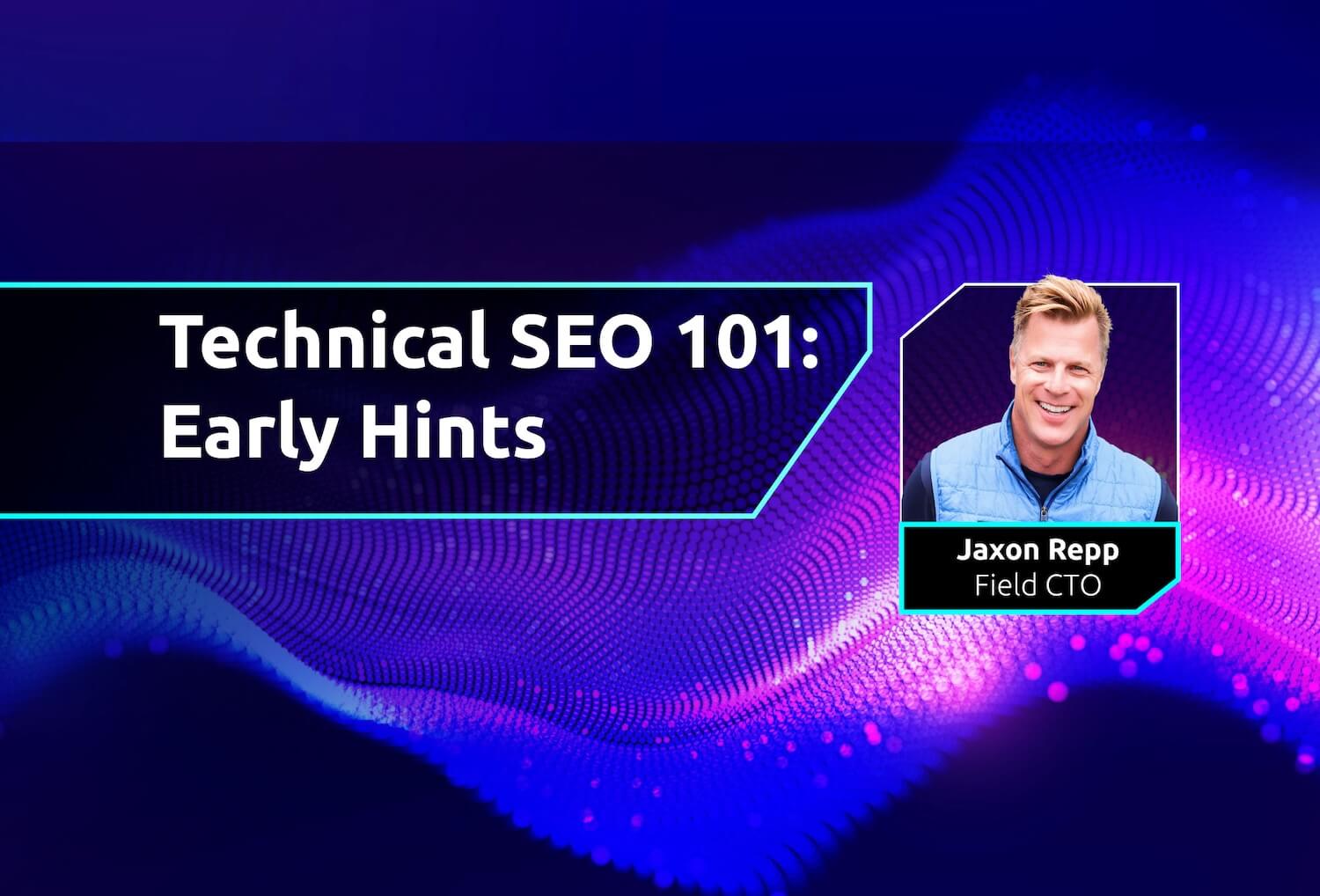In our latest Harper SEO Series session, I had the privilege of hosting two experts: Martin Spiek (CEO, SearchSide) and Brian Apley (Principal Cloud Architect, Akamai). Together, we unpacked Early Hints (HTTP 103) — what they are, why they matter for SEO and conversions, and how you can implement them quickly for measurable gains.
Why Website Speed is a Competitive Advantage
Performance is table stakes. Your site isn’t just competing on content, it’s competing on speed. Martin put it perfectly: “Milliseconds matter. A faster experience means more time on site, more pages viewed, and more revenue — both immediate and over the customer’s lifetime.”
In other words, if you can shave even fractions of a second off your load times, you can outpace your competition and improve user satisfaction.
What Early Hints Actually Do
Normally, a browser waits for the full HTML (200 OK) before it can start downloading linked assets. Early Hints (HTTP 103) flips that model. By sending a partial response first — a tiny set of instructions for the browser — we can tell it to start fetching critical assets before the rest of the page is ready.
That means your largest image, key CSS, or critical JS is already in place when rendering begins. The result? Better Core Web Vitals and a faster perceived load for your visitors.
How We Implemented It with Harper + Akamai
Here’s the setup we demoed:
- Harper serves as the dynamic source of Early Hint data for each page.
- Akamai Edgeworkers intercept requests at the CDN edge, fetch the relevant hints from Harper, and inject them into the HTTP 103 response.
This ensures hints are served from the closest edge location with ultra-low latency, and we can tailor them per page type for maximum impact.
The Demo Results
On harpersystems.dev, a site already optimized by Webflow and CDNs, Early Hints still made a difference:
- Before: Largest Contentful Paint (LCP) at 2.9s.
- After Early Hints: LCP dropped to 2.0s — nearly a full second faster.
That’s a big win for such a simple change.
Key Takeaways
- Be selective — only hint critical render-blocking assets.
- Keep HTML preload fallbacks for browsers like Safari on iOS.
- Measure results with both Lighthouse and real user monitoring (RUM).
If you missed the live session, I encourage you to watch the full webinar (embeded above) and see just how easy it is to implement Early Hints for real-world performance gains.
Resources:
Harper Early Hints GitHub Repo







.png)





.png)
